CINS: Good Practice Guide on the Securing of Dangerous Goods Containers.
A supplementary guide to the IMDG code for maritime companies to mitigate the risks of fire.
The Cargo Incident Notification System, launched in 2011, celebrates its 10th anniversary this year. It could have done without the fire on the Zim Kingston, off Vancouver, to commemorate this anniversary.

What is the purpose of CINS?
The goal of CINS is to increase the safety of the maritime supply chain and thus reduce the number of incidents, by highlighting the risks associated with dangerous goods, especially through packaging and stowage. Consequently, CINS was awarded the Corporate Social Responsibility Award, 2 years after its creation.
CINS brings together major shipping companies:
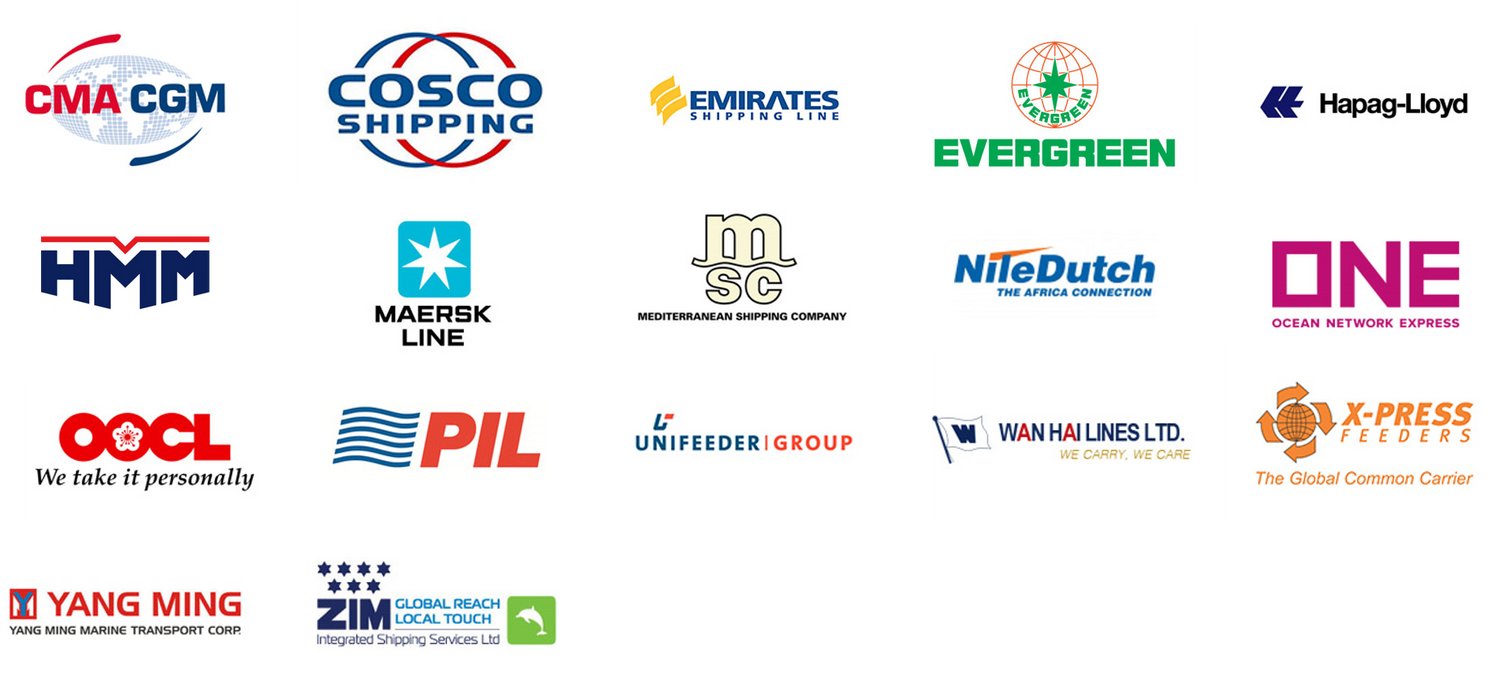
CINS recommendations are based on the International Maritime Dangerous Goods Code (IMDG Code) and the convention for the Safety of Life at Sea (1974 SOLAS Convention).
Some goods not mentioned in the IMDG Code are covered by CINS recommendations due to the present risks:
- Coal
- Wood pellets
- Scrap, chips, ...
- Oilseed cake
The guide specifically clarifies the rules for mixed loading and stowage, based on hazard classes and the type of container ship:
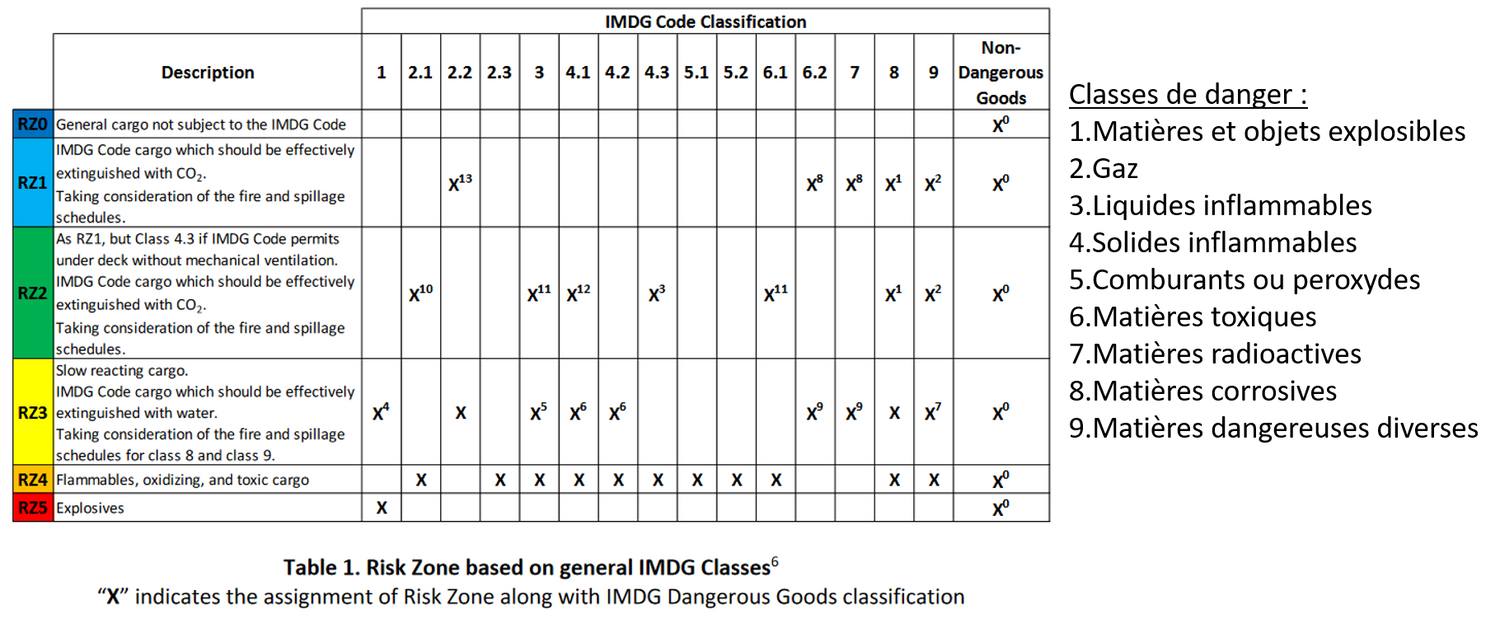
1 - Double-deck container ship (> 11,000 TEU): (TEU = Twenty-Foot Equivalent Unit)
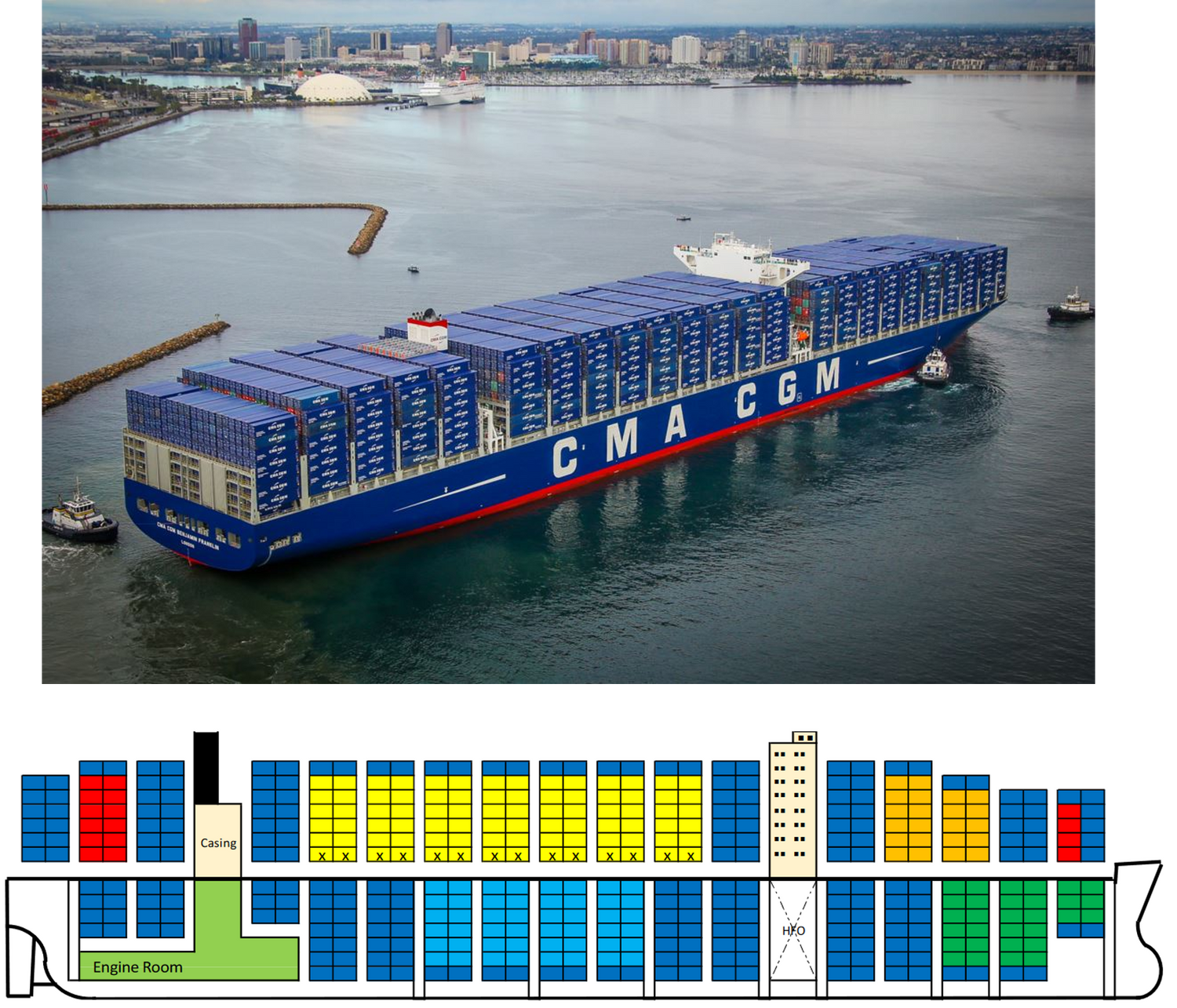
2 - PANAMAX and Post PANAMAX Container Ship (3,000 to 11,000 TEU):

3 - Feeder Container Ship: < 3,000 TEU with stowage bays at the rear of the accommodation
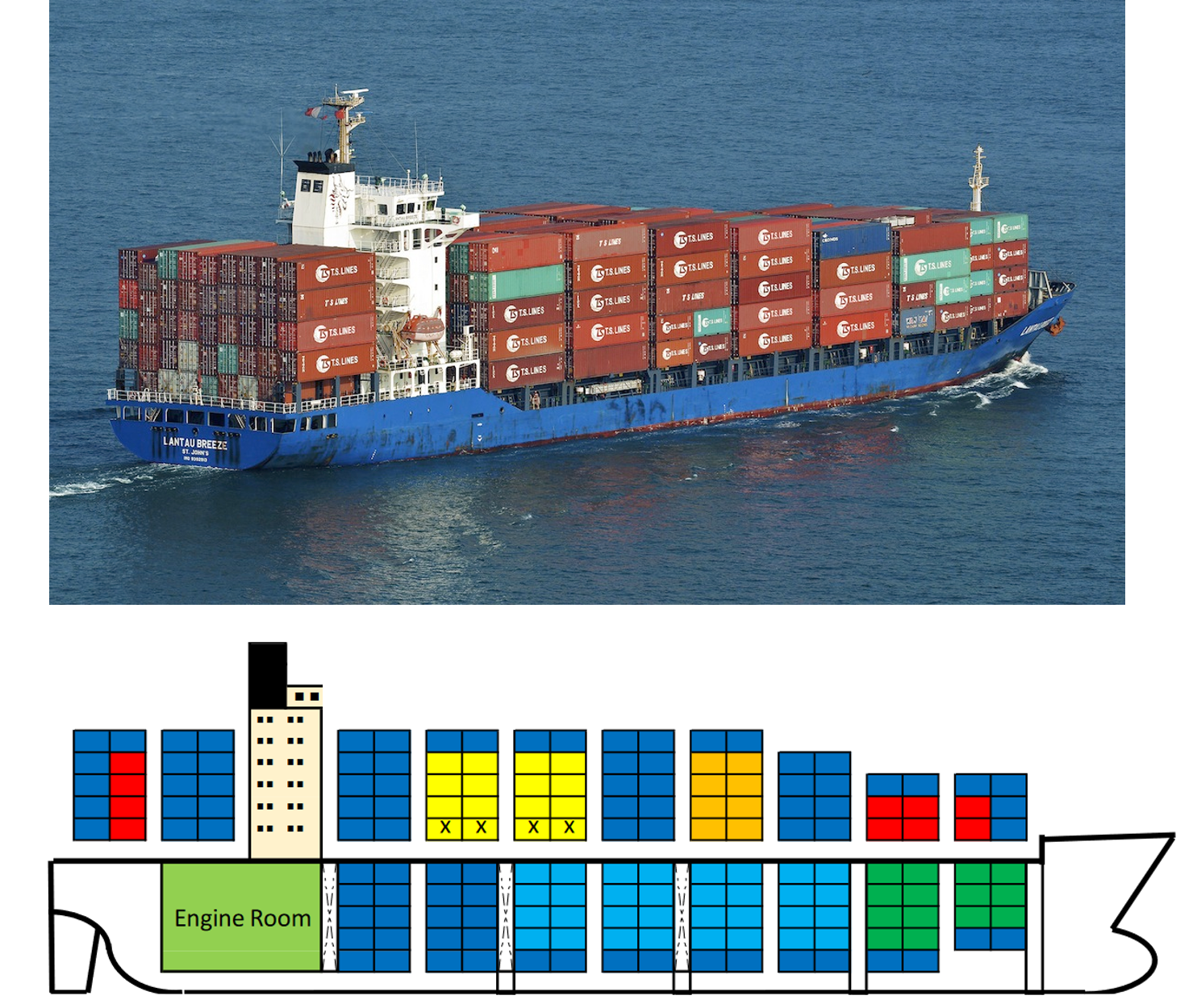
4 - Feeder container ship < 3,000 TEU and equipped with cranes to supply ports without suitable port structures:
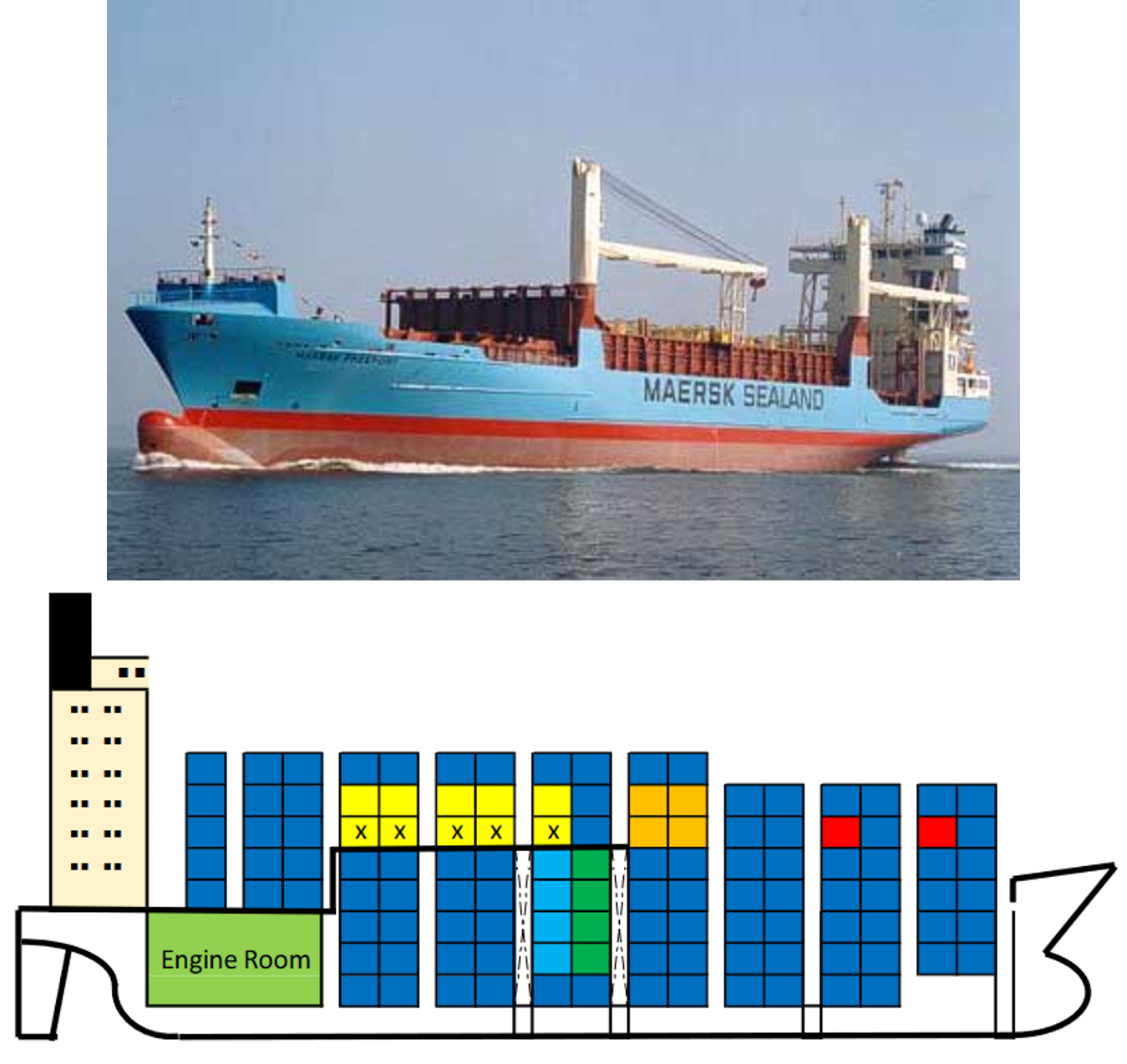
To download "Safety Considerations for Ship Operators related to Risk-based Stowage of Dangerous Goods on Container Ships":
https://www.cinsnet.com/wp-content/uploads/2019/11/CINS-DG-Stowage-Considerations-Final.pdf

Conclusion: Call on a DGSA
Beyond safety rules for ship operators, it is up to each shipper to ensure the correct classification, the right choice of packaging, compliance with rules for mixed loading in the container (especially when performed by the shipper), and the Dangerous Goods Declaration.
Dangerous Goods Safety Advisers (DGSAs) and maritime experts are there to assist you in managing all the risks associated with your products.
If you have questions about compliance with regulations but also about best practices to implement in your organization: Contact us
To read other blog articles...


 A unique communication solution at the service of businesses
A unique communication solution at the service of businesses